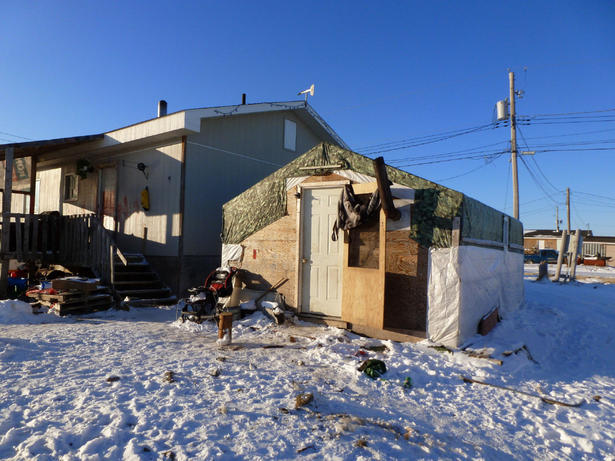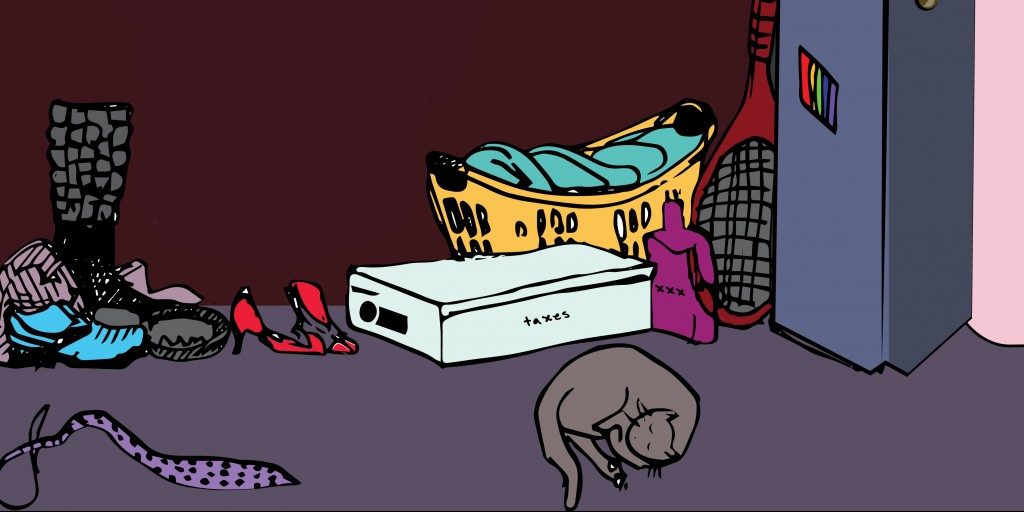Canada’s electoral system has the deck stacked against aboriginal Canadians. But in other countries, democratic reforms have increased indigenous representation
By Liam Britten, Editor
For Canadian aboriginal people, particularly those living on reserves, the last 12 months must have been conflicting.
On one hand, the deplorable living conditions experienced daily by residents of Attawapiskat, Ontario gripped the headlines and left a lasting imprint on the national consciousness of Canadians during the fall. Sad images of overcrowded, unsafe homes saturated the media. Attention was focused not only on this rundown community on James Bay, but also on the federal government in Ottawa that let this problem get completely out of control until emergency action was required to house Attawapiskat’s citizens safely.
But, on the other hand, there was the success of the 2011 federal election. The election of May 5 of last year saw aboriginal Canadian representation in Parliament hit its highest level ever: seven Members of Parliament in that election had First Nations, Inuit, or Métis heritage.
For the people of Attawapiskat, or any number of other reserves in this country dealing with unsafe living conditions, it’s pretty obvious which of these events will remain in their memories longer.
The tragedy of Attawapiskat is an example of the natural outcome of decades of neglect when it comes to the well-being of aboriginal peoples in Canada. But the foundation of this problem lies primarily in the results of the 2011 election—or more fairly, any other election that didn’t reach the historic high that 2011 saw.
The tragedy of Attawapiskat was not a bolt from the blue that caught everyone off guard. You don’t need to be an Ottawa insider to know that things aren’t working out on many of Canada’s reserves. Yet despite awareness of the problem, the welfare of Canada’s first peoples is so low priority that it takes a disaster like Attawapiskat to get anything done. Why is this? Shouldn’t the existence of multiple communities across the country living in Third World conditions draw more attention from politicians?
[quote style=”boxed”]The key to any electoral reforms that Canada may consider for the sake of aboriginal Canadians is that it must be empowering and inclusive. Too often the Canadian government has prescribed solutions to “native problems” with few if any aboriginal Canadians in positions to make decisions.[/quote]
The reason why this issue does not get its deserved level of care and attention could be because aboriginal Canadians are traditionally underrepresented in Parliament. With approximately four per cent of Canadians having some indigenous ancestry, about 12 members of the 308-seat Parliament should be aboriginal. Yet the milestone of 2011 was barely half of that.
A major cause of this problem is the way ridings in Canada are organized geographically, which puts indigenous Canadians at a disadvantage. A community like Attawapiskat could never hope to have major political force, even in its own riding of Timmins-James Bay. There are 84,000 people living in this massive Northern Ontario riding, and Attawapiskat accounts for only 1,900. Their voice is a small one when it is drowned out by those of non-aboriginal Canadians, whose votes, and therefore interests, dominate the concerns of politicians.
This geography barrier is the biggest one preventing aboriginal Canadians from being better represented in Parliament. You can talk about “get out the vote” campaigns and low voter turnout among aboriginal voters all day, but if their vote is basically nullified by the riding system, it doesn’t matter one way or the other on election day. Stay home or vote; either way it means nothing.
Overcoming this obstacle is not simple, and presents problems of its own. It’s hard to imagine our current electoral system being up to the task. Fortunately, there are examples of success globally, especially New Zealand.
In the 1990s, New Zealand underwent several democratic reforms, which included abandoning the “first past the post” system of electing representatives with a more modern mixed member proportionality (MMP) system. MMP is a very different form of voting; in New Zealand, voters make two votes: one for a party, another for a local candidate. Local candidates are elected to the House of Representatives if they receive the most votes in their riding. Party votes are different; the entirety of the party votes received nationally are tabulated and broken down into percentages for each party. Each party receives that percentage of the 120 seats in the House of Representatives not taken up by local candidates.
I know it sounds complicated, but it’s good stuff; in 2011, New Zealand held a referendum on keeping this system or returning to the old way, and MMP was kept when 58 per cent of voters chose it over the ancient first past the post system.
The other major change was a new way to handle guaranteed seats for the Maori (the indigenous people of New Zealand) in the House of Representatives. Since 1867 New Zealand has had guaranteed separate representation for its Maori people. Initially the Maori were guaranteed four seats out of 72, although whites outnumbered Maori in the general population by only five to one. After the reforms, the number of Maori guaranteed seats were tied to the actual population of Maori in the country; in the 2011 election, this meant seven seats for the Maori.
Although the addition of more guaranteed seats for Maori was a major boon to better representation, it still didn’t accurately reflect the number of Maori in the country. What really allowed for better representation was the abolition of the first past the post system and its replacement with MMP. This allowed the Maori, who, like aboriginal Canadians, live in segmented communities dotting the landscape with no overwhelming presence in particular regions. MMP allowed Maori parties to become far more viable and effective. It also meant that for the first time, the majority of Maori sitting in the House of Representatives would be primarily there because they beat “mainstream” New Zealanders in elections, and not because they beat other Maori candidates for guaranteed seats.
The key to any electoral reforms that Canada may consider for the sake of aboriginal Canadians is that it must be empowering and inclusive. Too often the Canadian government has prescribed solutions to “native problems” with few if any aboriginal Canadians in positions to make decisions. There have also been efforts to create “separate but equal” governing apparatuses for them, but creating ineffective bureaucracy doesn’t solve anything. We all need to be at the same table.
And the best way to get everyone to that table is to remove geography from the equation. We need a more modern voting system in this country that includes First Nations, Inuit, and Métis voters in a more meaningful way.
Otherwise, communities like Attawapiskat might become the norm.



